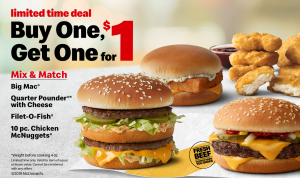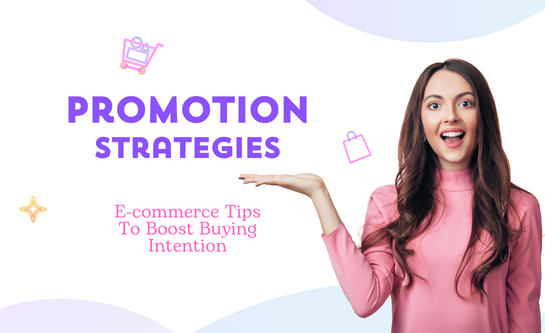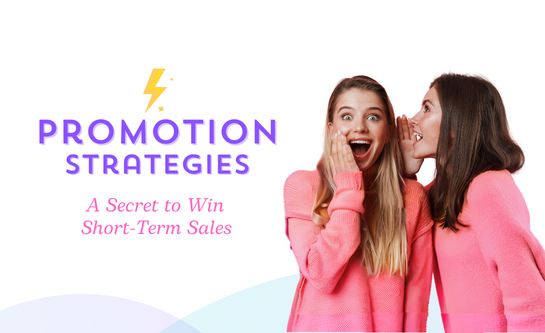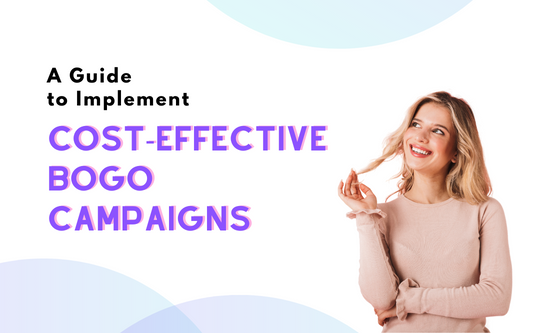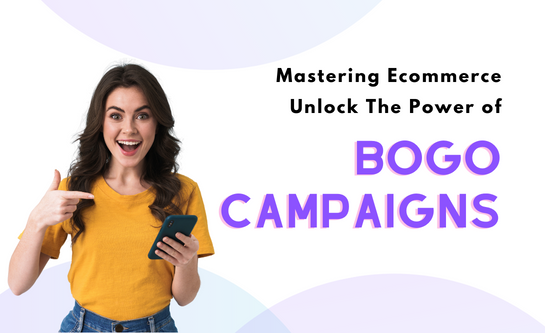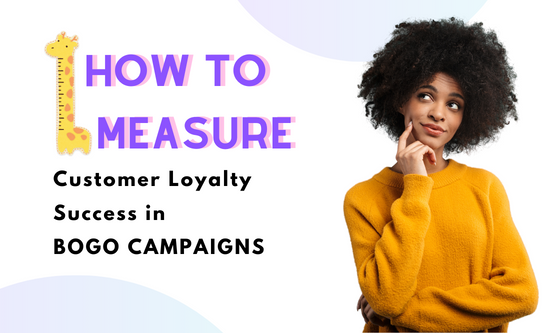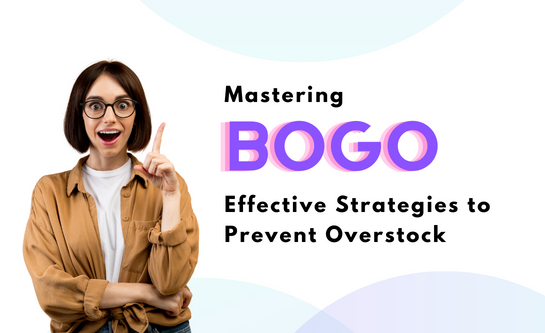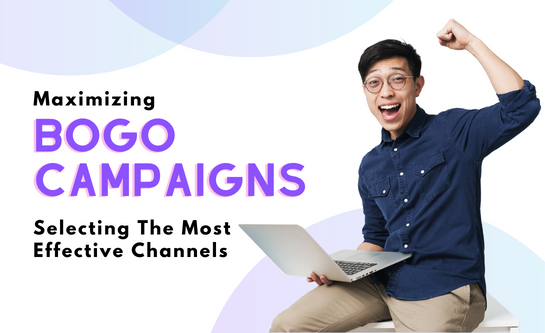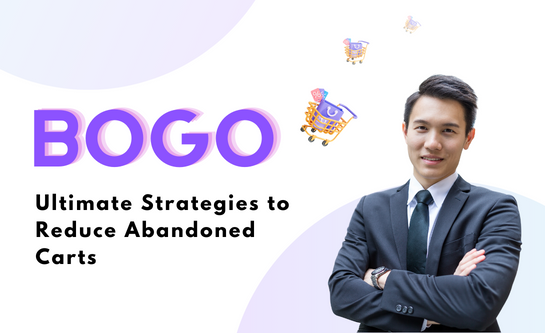How BOGO campaigns Attract Attention and Motivate Purchase?
 Apr 15th, 2024
Apr 15th, 2024
 502 views
5 MINS READ
502 views
5 MINS READ
The battle for consumer attention and engagement is fierce in the world of marketing. Businesses continuously seek effective strategies to cut through the noise and entice customers to make purchases. One such method that has gained widespread popularity is the BOGO (Buy One Get One) campaign. This promotional tactic offers customers the opportunity to receive an additional product for free or at a discounted price when they purchase one item at full price. The allure of getting something for free or at a reduced cost often serves as a powerful motivator for consumers. But just how effective are BOGO campaigns in capturing attention and stimulating purchases?
Why do BOGO Campaigns appeal to consumers?
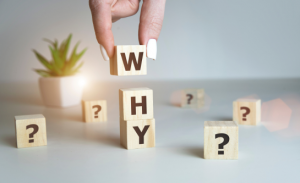
At its core, the success of BOGO campaigns hinges on the psychological principles of perceived value and reciprocity. By offering customers an extra item at no additional cost, businesses create a perception of increased value, making the purchase seem more worthwhile. This perceived value can be particularly enticing for budget-conscious consumers who are constantly seeking ways to maximize their purchasing power.
Furthermore, the reciprocity principle plays a significant role in BOGO campaigns. When customers receive an unexpected bonus or discount, they often feel compelled to reciprocate by making a purchase. This sense of obligation can lead to increased sales as customers perceive the offer as a gesture of goodwill from the business.
How do BOGO Attract Attention ?
One of the primary objectives of any marketing campaign is to capture the attention of the target audience. BOGO promotions inherently stand out due to their compelling nature. The promise of receiving additional value without having to spend extra money is inherently attention-grabbing and can pique the interest of potential customers.
Moreover, BOGO campaigns often leverage eye-catching visuals and messaging to further enhance their appeal. Whether it’s through bold graphics, catchy slogans, or enticing offers, businesses strive to create marketing materials that stand out amidst the noise of competing advertisements.
Additionally, the widespread adoption of digital marketing channels has expanded the reach of BOGO campaigns. Social media platforms, email newsletters, and targeted online ads allow businesses to reach a broader audience with their promotional offers, increasing the likelihood of capturing attention and driving engagement.
How do BOGO Motivate Purchases?
While attracting attention is crucial, the ultimate measure of a BOGO campaign’s effectiveness lies in its ability to motivate purchases. Fortunately, BOGO promotions excel in this regard by tapping into consumers’ desire for value and savings.
The perceived value inherent in BOGO offers often serves as a powerful incentive for customers to make a purchase. Whether it’s a “buy one, get one free” deal or a “buy one, get one half off” offer, customers perceive these promotions as an opportunity to stretch their dollars further and get more for their money.
Furthermore, the fear of missing out (FOMO) can drive impulse purchases during BOGO campaigns. The limited-time nature of these promotions creates a sense of urgency, prompting customers to act quickly to take advantage of the offer before it expires. This urgency can lead to increased sales as customers are motivated to make a purchase to avoid missing out on the deal.
Moreover, BOGO campaigns are effective at encouraging upsells and cross-sells. Businesses can strategically bundle products together or offer complementary items as part of the promotion, encouraging customers to purchase additional items they may not have otherwise considered.
Case Studies:
McDonald BOGO Campaign
Numerous real-world examples illustrate the effectiveness of BOGO campaigns in driving sales and fostering customer engagement. For instance, renowned fast-food chains – McDonald, often employ BOGO deals to promote new menu items or drive traffic during off-peak hours. Customers are incentivized to visit the restaurant by the prospect of receiving a free item with their purchase, thereby increasing foot traffic and sales. In this specific case, the brand also utilize the sense of urgency along with BOGO deals to drive sales in a short time.
JB HI-FI Winter Sale
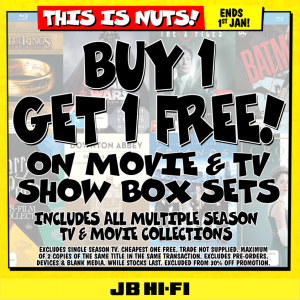
E-commerce retailers, JB HI-FI also leverage BOGO promotions to great effect. During seasonal sales events such as Black Friday or Chrismast Sales, online retailers offer BOGO deals on select merchandise, driving a surge in online sales and website traffic. The compelling nature of these offers encourages customers to fill their virtual shopping carts with discounted or free items, resulting in a boost in revenue and customer acquisition. In the case of JB HI-FI, they offer BOGO deals for Movie box sets in the Winter sale.
How to Measure the BOGO Campaign’s Success ?
Like any marketing initiative, the effectiveness of a BOGO campaign can be measured through various metrics, including sales volume, revenue generated, customer acquisition, and return on investment (ROI). By tracking these key performance indicators (KPIs), businesses can assess the impact of their BOGO promotions and make data-driven decisions to optimize future campaigns.
Sales volume and revenue are perhaps the most straightforward metrics for evaluating the success of a BOGO campaign. By comparing sales data during the promotion period to historical averages, businesses can gauge the campaign’s impact on driving purchases.
Customer acquisition is another critical metric for assessing the effectiveness of BOGO campaigns. Businesses can track the number of new customers acquired during the promotion period and evaluate the campaign’s ability to attract and convert first-time buyers.
Additionally, calculating the ROI of a BOGO campaign allows businesses to determine whether the investment in the promotion yielded a positive return. By comparing the costs associated with running the campaign (e.g., marketing expenses, discounted products) to the revenue generated, businesses can assess the profitability of the promotion and adjust their strategies accordingly.
Conclusion
In conclusion, BOGO campaigns are a highly effective marketing tool for attracting attention and motivating purchases. By leveraging the psychological principles of perceived value and reciprocity, businesses can create compelling offers that resonate with consumers and drive sales. However, it’s essential for businesses to track and analyze key metrics to measure the success and refine their strategies. With careful planning and execution, BOGO promotions can be a valuable asset in a business’s marketing arsenal, helping to drive growth and build customer loyalty.
 Back to blog page
Back to blog page


























